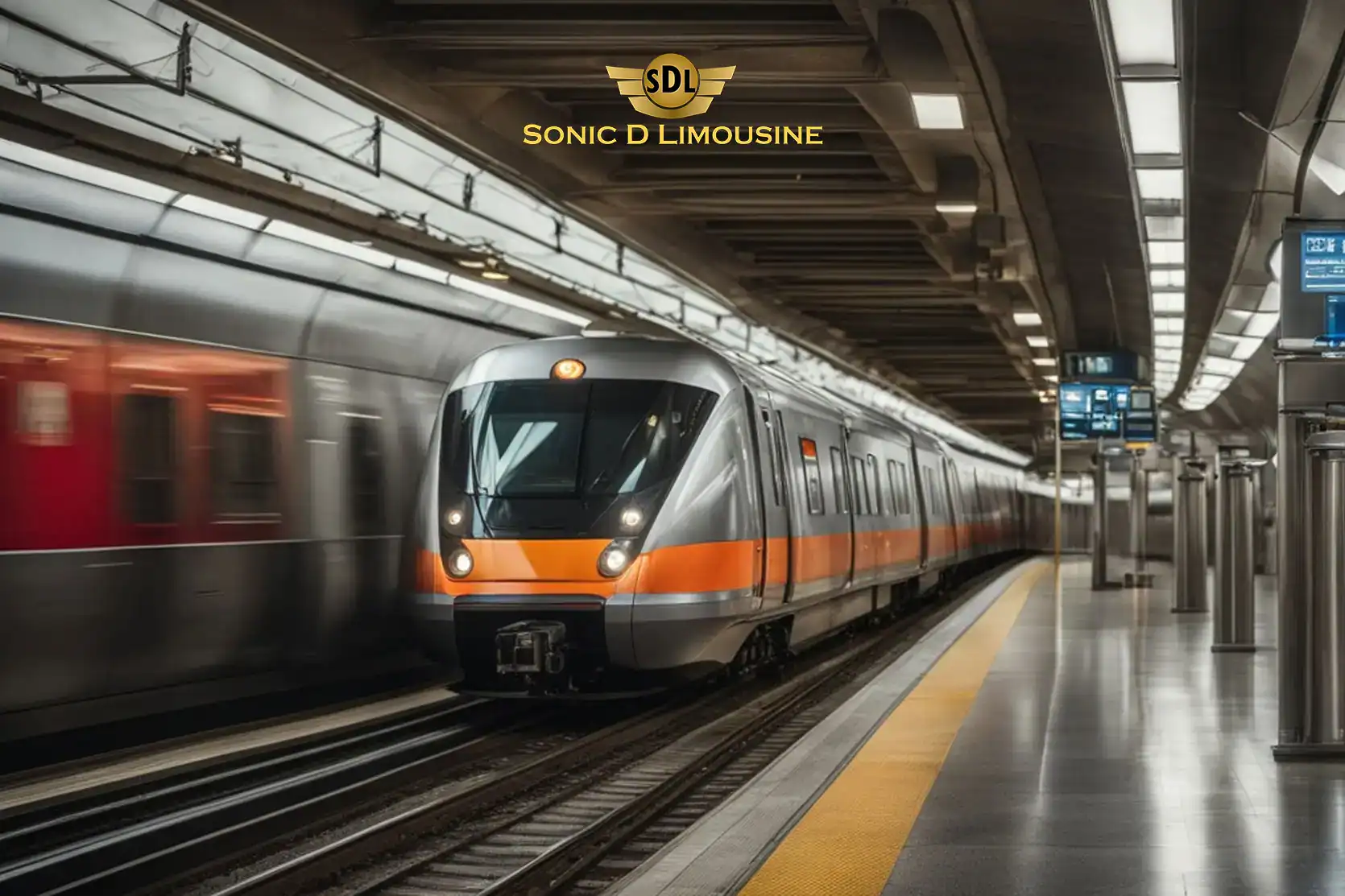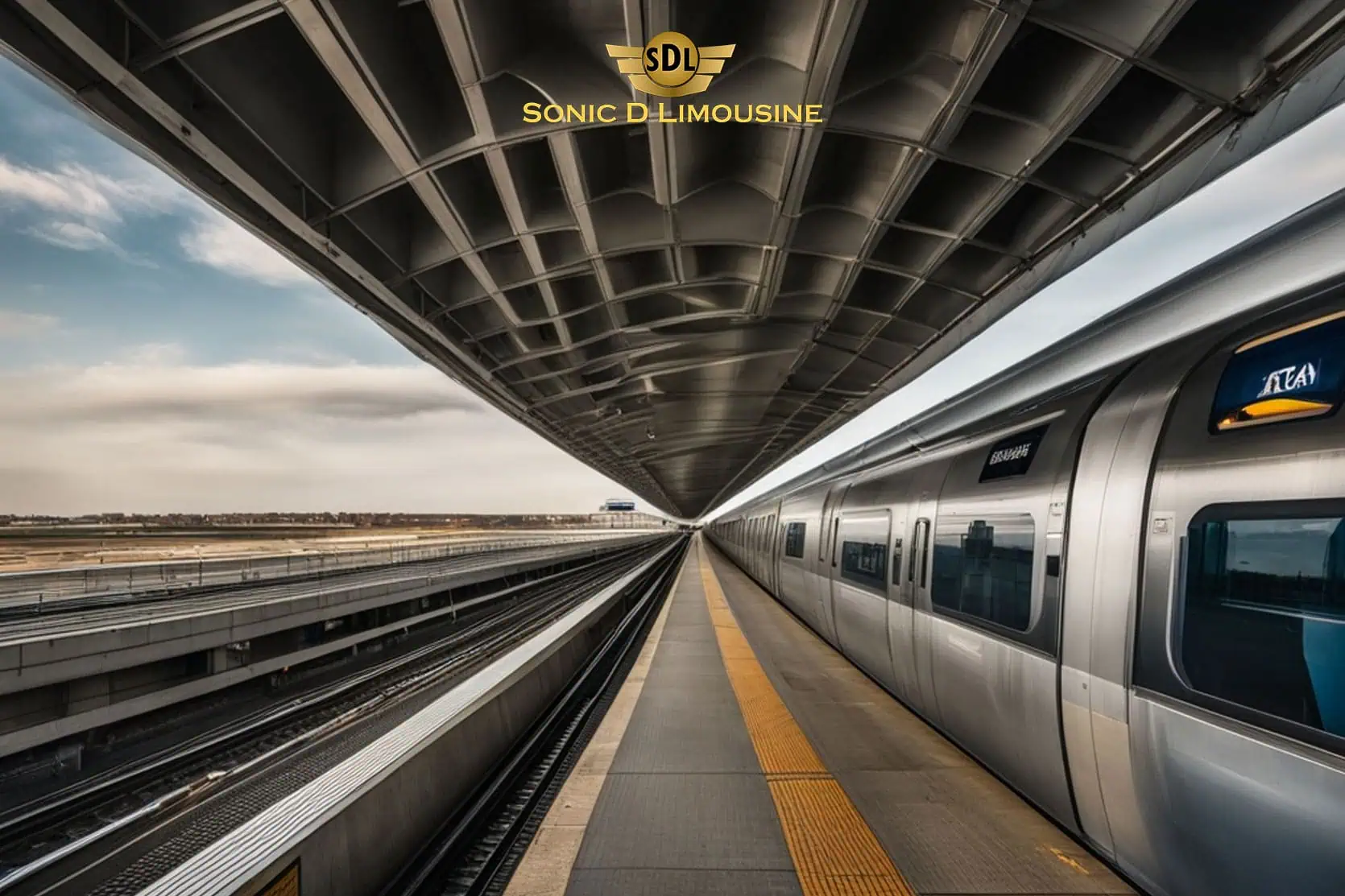Navigating public transit can be a daunting task, especially in bustling areas like Newark, New York, and New Jersey. This article is your comprehensive guide to using the PATH train system, an essential component of public transportation in the region. Whether you’re a daily commuter or a first-time visitor, understanding how to efficiently use the PATH train can save you time and make your travels more enjoyable. Read on to discover everything you need to know about the PATH train, its connections, and how it integrates with other transit systems like NJ Transit and AirTrain Newark.
Article Outline
-
What is the PATH Train System?
- Introduction to the PATH train as a rapid transit system
- Historical background and significance
-
How Does the PATH Train Connect Newark and New York?
- Overview of the Newark–World Trade Center line
- Key stations and their importance
-
Understanding PATH Fares and Payment Options
- Overview of the PATH single-ride and total access path payment options
- Introduction to the new contactless fare payment system
-
Navigating Newark Penn Station
- Importance of Newark Penn Station in the PATH system
- Connections with NJ Transit and Amtrak
-
How to Transfer Between PATH and NJ Transit Trains
- Step-by-step guide on transferring between systems
- Tips for seamless travel
-
Exploring Key PATH Stations: Journal Square, Grove Street, and Exchange Place
- Detailed look at each station and its significance
- Nearby attractions and conveniences
-
Recent Developments and Future Plans for PATH
- Overview of the 10-year capital plan that included PATH improvements
- The impact of the extension of PATH and the path forward program
-
Handling PATH Service Disruptions and Delays
- Common causes of service disruptions
- Tips for staying informed and managing delays
-
PATH Train Safety and Security Measures
- Overview of safety protocols
- The role of communications-based train control in enhancing security
-
Comparing PATH with Other Public Transit Options in the Region
- Advantages and disadvantages of PATH versus other transit systems
- How PATH fits into the broader public transit landscape
What is the PATH Train System?
The PATH train system is a critical component of the public transit network in the New York and New Jersey area. Operated by the Port Authority Trans-Hudson, a subsidiary of the Port Authority of New York and New Jersey, the PATH train provides a vital link between Newark, Jersey City, Hoboken, and Manhattan. As the fifth-busiest rapid transit system in the United States, it plays a significant role in the daily commutes of thousands of passengers.
Historically, the PATH train system was operated by the Hudson and Manhattan Railroad, which laid the groundwork for the modern transit system we know today. The PATH train has long operated as a rapid transit system, providing efficient and reliable service across the Hudson River. Its significance extends beyond just transportation; it is an integral part of the region’s economic and social fabric.
How Does the PATH Train Connect Newark and New York?
The Newark–World Trade Center line is one of the key routes in the PATH system, connecting Newark Penn Station to Lower Manhattan. This line is crucial for passengers wanting to travel between New Jersey and New York, offering a direct route to the World Trade Center station.
Key stations along this line include Journal Square, Exchange Place, and Grove Street, each serving as important transit hubs. Journal Square, for instance, is a major transfer point for passengers traveling to various destinations within New Jersey. Exchange Place provides easy access to Jersey City’s waterfront and business district, while Grove Street serves the vibrant community of Jersey City.
Understanding PATH Fares and Payment Options
Navigating the PATH fares can be straightforward once you understand the available options. The PATH single-ride ticket is perfect for occasional travelers, while frequent commuters might opt for the total access path payment system, which offers more flexibility.
Recently, the PATH system introduced a new contactless fare payment system, making it easier than ever to pay for your ride. This modern system allows passengers to use their smartphones or contactless cards, streamlining the payment process and reducing the need for physical tickets.
Navigating Newark Penn Station
Newark Penn Station is a pivotal part of the PATH system, serving as a major transportation hub that connects various transit systems. It offers seamless connections with NJ Transit and Amtrak, making it a convenient starting point for travelers heading to different parts of the region.
The station’s strategic location in Newark also provides easy access to the city’s attractions and amenities. Whether you’re catching a train to New York Penn or heading to Newark Airport via AirTrain Newark, Newark Penn Station is your gateway to efficient travel.
How to Transfer Between PATH and NJ Transit Trains
Transferring between PATH and NJ Transit trains is a common part of many commuters’ journeys. To ensure a smooth transition, it’s essential to familiarize yourself with the transfer process. At Newark Penn Station, passengers can easily switch between the PATH train and NJ Transit trains, thanks to well-marked signs and clear instructions.
For those traveling further into New Jersey, NJ Transit’s extensive network offers numerous options. It’s advisable to check the NJ Transit schedule ahead of time to plan your transfer and minimize waiting times.
Exploring Key PATH Stations: Journal Square, Grove Street, and Exchange Place
Journal Square, Grove Street, and Exchange Place are three of the most significant stations in the PATH system. Each station serves a unique role in the network and offers various amenities for travelers.
Journal Square is a bustling hub that connects multiple PATH lines, making it a vital transfer point for commuters. The station’s proximity to local businesses and dining options makes it a convenient stop for both work and leisure.
Grove Street in Jersey City is another essential station, known for its vibrant community atmosphere. The platform at Grove Street offers easy access to nearby attractions, including parks and cultural sites.
Exchange Place, located near the waterfront in Jersey City, provides stunning views of the Manhattan skyline. This station is a key access point for those working in Jersey City’s financial district and offers quick connections to the World Trade Center.
Recent Developments and Future Plans for PATH
The PATH system is continually evolving to meet the needs of its passengers. A significant part of this evolution is the 10-year capital plan that included various improvements to the PATH infrastructure. This billion-dollar capital plan aims to revitalize the system, enhance safety, and increase capacity.
One of the major projects under this plan is the extension of PATH to Newark Liberty International Airport, providing a direct connection for air travelers. Additionally, the path forward program focuses on modernizing the system with new technologies and infrastructure upgrades.
Handling PATH Service Disruptions and Delays
Service disruptions and delays are an inevitable part of any transit system, and PATH is no exception. Common causes of disruptions include maintenance work, weather conditions, and unforeseen incidents. To manage these effectively, it’s crucial to stay informed through the PATH website and local news outlets like ABC7 New York.
In the event of a delay, having a backup plan can save time and frustration. Consider alternative routes or modes of transportation, such as NJ Transit commuter trains or buses, to reach your destination.
PATH Train Safety and Security Measures
Safety is a top priority for the PATH system, and various measures are in place to ensure passenger security. The implementation of communications-based train control is one such measure, enhancing the system’s ability to manage train movements and prevent accidents.
Regular safety drills and the presence of security personnel at stations further contribute to a safe travel environment. Passengers are encouraged to report any suspicious activity to PATH representatives to maintain a secure transit experience.
Comparing PATH with Other Public Transit Options in the Region
When considering public transit options in the New York and New Jersey area, the PATH train stands out for its efficiency and convenience. Compared to other systems like NJ Transit and the New York City Subway, PATH offers a more direct route between key locations, particularly for those traveling between Newark and Lower Manhattan.
However, each system has its advantages and disadvantages. NJ Transit, for instance, provides extensive coverage across New Jersey, making it ideal for longer commutes. The New York City Subway, on the other hand, offers comprehensive access to various neighborhoods within the city.
Understanding how PATH fits into the broader public transit landscape can help travelers make informed decisions and optimize their journeys.
Summary
- The PATH train is a vital rapid transit system connecting Newark and New York, operated by the Port Authority Trans-Hudson.
- Key stations include Newark Penn, Journal Square, Grove Street, and Exchange Place, each serving important roles in the network.
- PATH fares include single-ride tickets and contactless payment options for convenience.
- Newark Penn Station is a major hub, offering connections to NJ Transit and Amtrak.
- The 10-year capital plan and path forward program aim to enhance the PATH system’s infrastructure and capacity.
- Safety measures, including communications-based train control, ensure secure travel for passengers.
- Understanding the strengths of PATH compared to other transit options can help optimize your commute.












































0 Comments